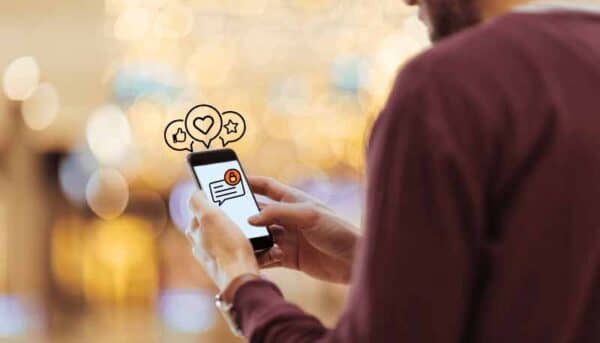Social media is a powerful tool for connection and self-expression but also presents significant risks. Cybercriminals frequently exploit these platforms to steal personal information, spread malware, and perpetrate scams. For instance, seemingly innocent quizzes or friend requests can be traps designed to gather sensitive data. Oversharing on social media can lead to identity theft or make you a target for cyberstalking. Understanding these dangers is crucial for anyone using social media, as it highlights the importance of practicing safe networking habits to protect yourself and your information.
Common Cyber Threats on Social Media:
- Cybercriminals send messages or create posts that appear to be from trusted sources, tricking users into clicking malicious links or providing sensitive information.
- Links or files shared on social media can contain malware that infects your device, allowing hackers to steal data or control your system.
- Personal information shared on social media, such as your name, birth date, or location, can be used by criminals to impersonate you and commit fraud.
- Hackers manipulate users into revealing confidential information by exploiting trust and social relationships, often through friend requests or messages.
- Attackers create fake profiles using your photos and information to deceive others, leading to potential scams or reputation damage.
- Cybercriminals can analyze even seemingly harmless posts and interactions to build a detailed profile of you, which they can then sell on the dark web or use for targeted attacks.
- Overexposure to social media can make it easier for stalkers to track your movements, learn your habits, and potentially cause harm.
- Some fun-looking quizzes or games may collect more data than necessary, which can then be used to profile you or sell your information to third parties.
- False information spreads rapidly on social media, potentially leading to panic and division or making you a target for scams related to trending events.
Social media platforms can expose you to cyber threats, including phishing scams, identity theft, and malware. A recent study found that over 50% of phishing attacks occur on social media. Knowing these risks allows you to take steps to protect your personal information and avoid falling victim to cyberattacks.
Key Practices for Safe Social Networking
Strengthen Your Privacy Settings
Your privacy settings control who can see your posts, contact you and access your information. It’s crucial to review and update these settings regularly. For instance, Facebook allows you to limit who can see your friend list, which helps prevent strangers from gathering details about your connections. Learn more about adjusting privacy settings on Facebook.
Be Cautious About Sharing Personal Information
Sharing too much personal information on social media can lead to identity theft. For example, posting your vacation plans might seem innocent, but it could signal to criminals that your home is unattended. Always think carefully about what you share and avoid posting details like your full address or phone number.
Avoid Clicking Suspicious Links
Phishing scams are common on social media. If you receive a message from a friend with a strange link, it’s best not to click on it until you confirm its legitimacy. A recent scam involved fake charity links during a natural disaster, tricking users into donating to fraudulent causes. Always verify links before clicking and report any suspicious activity.
Use Strong, Unique Passwords
Using strong passwords for your social media accounts is one of the simplest ways to protect yourself. Avoid using easily guessable information, like your pet’s name or birthday. Instead, create complex passwords with letters, numbers, and symbols.
Enable Two-Factor Authentication
Two-factor authentication (2FA) provides an additional security layer. Even if a hacker manages to get your password, they would still need the second factor, like a code sent to your phone, to access your account. Learn more about enabling 2FA on social media platforms to increase your account security.
Staying Safe Beyond Social Media
Protecting yourself online isn’t just about social media. Always be cautious when using public Wi-Fi, as it can be an easy target for hackers to intercept your data. Additionally, keeping your software up-to-date is vital for protecting your devices from malware. Read more about safe internet practices to enhance your overall online security.
By following these safe social networking practices, you can enjoy social media while minimizing risks. Whether you adjust your privacy settings, be cautious about what you share, or enable two-factor authentication, these steps will help you protect your personal information. Stay informed, stay vigilant, and take control of your online security.
Interested in learning more? Take a look at our courses.




